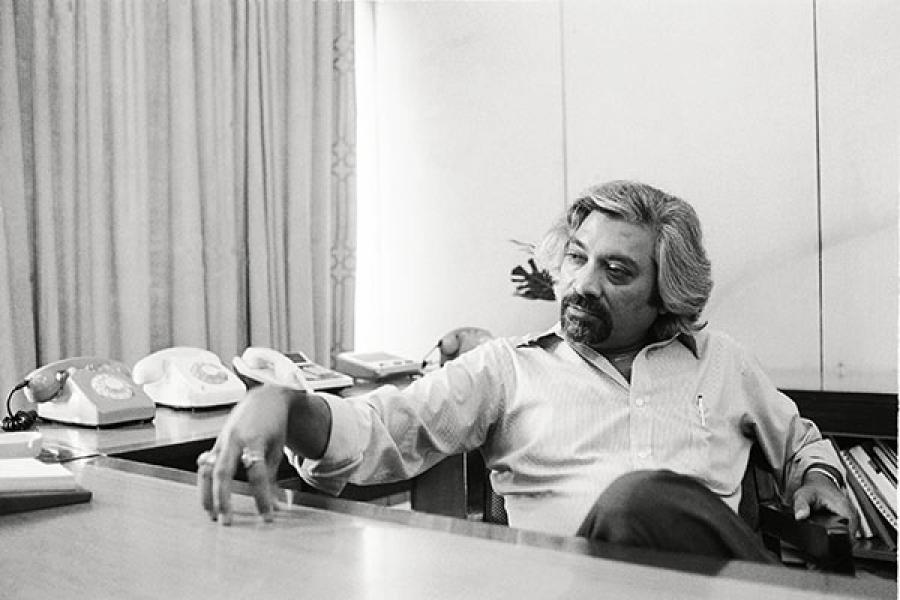
Economic Milestone: Ushering in Telecom Reforms (1985)
India is expected to have 330-370 million internet users by 2015, according to a report by global consulting firm McKinsey & Co
Liberalisation of India’s telecom sector started in 1984 when the then Prime Minister Indira Gandhi provided government assistance to Sam Pitroda to set up the Centre for Development of Telematics (C-DOT) to develop indigenous digital switches. Until the 1980s, Indian telecom was dominated by electromechanical switches.
C-DOT set up a nationwide telecom network. Pitroda, an NRI, also introduced the concept of coin-dropping Public Call Offices (PCOs), which led to the exponential growth of the telecom industry. In 1987, during Pitroda’s tenure as chief technology advisor to Prime Minister Rajiv Gandhi, he founded India’s Telecom Commission—the country’s highest telecom policymaking body—and became its first chairperson.
The seed for the information technology (IT) revolution was also planted during Rajiv Gandhi’s time. The government removed controls on computers and allowed the import of fully assembled motherboards with processors which led to a reduction in the prices of computers. Then, in 1995, the then public sector monopoly Videsh Sanchar Nigam Limited launched India’s first internet service for public access.
The next big push for telecom reforms came in 1991 as part of the liberalisation policy. An independent regulatory body, the Telecom Regulatory Authority of India (TRAI), was set up in 1997 to minimise government interference. In 1999, the New Telecom Policy ushered in more changes. “The new policy was an inflection point for the industry because it replaced bidding criteria from license fee to percentage of revenue sharing,” says Vishal Malhotra, Telecom Tax Partner with Ernst & Young and head of Telecom Tax Practice, Europe, Middle East and Africa.
Liberalisation has helped India increase its overall teledensity (number of telephone connections for every 100 individuals living within an area) from 2.33 percent in 1998 to 74.5 percent in 2014. The mobile subscriber base has grown from 0.88 million in 1998 to 933 million, according to TRAI. Jaideep Ghosh, partner, KPMG India, says the reforms have changed people’s lives. “Every 10 percent increase in mobile penetration rate leads to a 1.2 percent increase in GDP. And for every 10 percent increase in broadband penetration, the GDP increases by 1-1.2 percent.”
India still has a lot of catching up to do. Internet penetration is low at 10 percent. However, it is growing fast and India is expected to have close to 330-370 million internet users by 2015, according to a report by global consulting firm, McKinsey & Co.
(This story appears in the 22 August, 2014 issue of Forbes India. To visit our Archives, click here.)
-
 Bk Syngal
Bk SyngalThe author should understand that Mr Pitroda was on a 14 years Banwas from 1991 until 2004, when the real revolution took place. He opposed Mobile telephony, he opposed investments into undersea digital cables. He pronounced them as elitist and too capital intensive. The real digital revolution took place during 1991-1998, when I was CMD of VSNL and provided digital connectivity as well as internet. Ignorance could be bliss, but can facts be ignored. Regards syngal
on Aug 19, 2014















